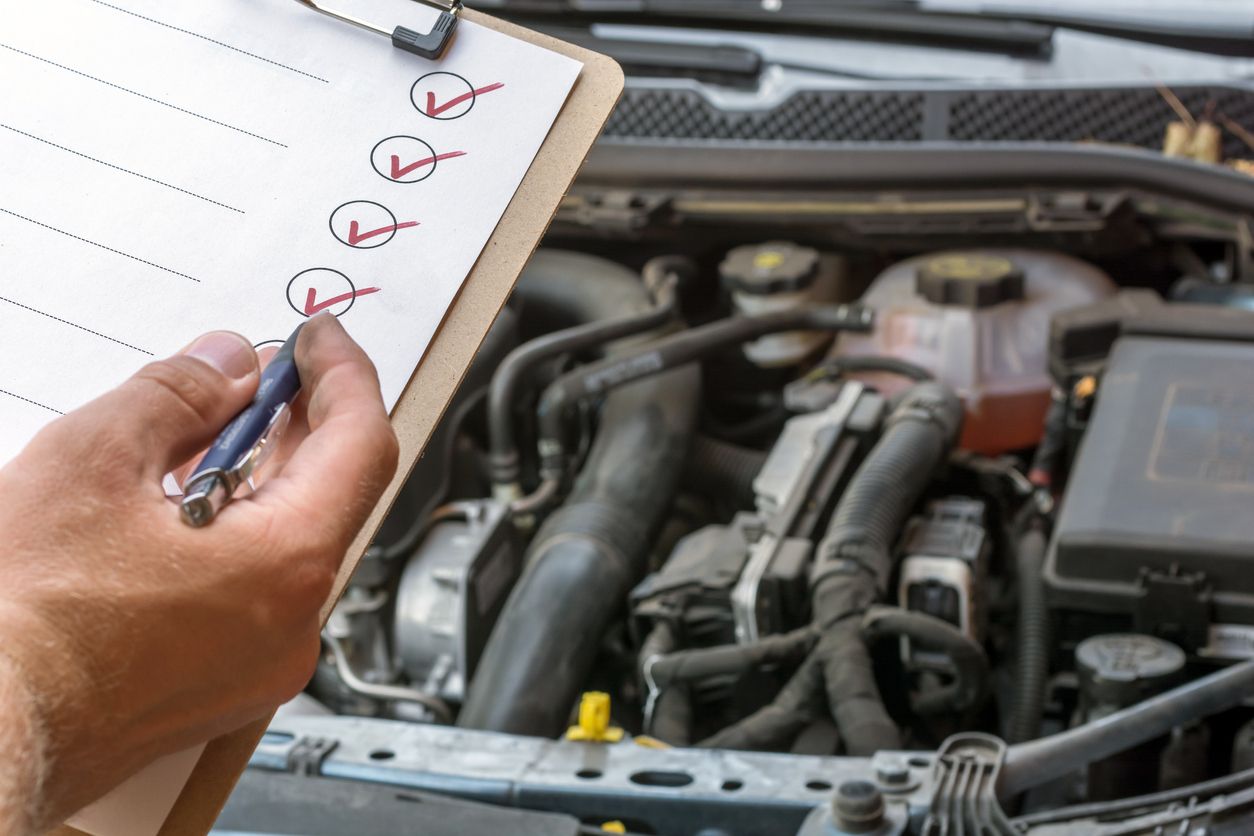All Categories
Featured
The good news is, with the best preventive actions, you can shield your automobile's paint and guarantee it stays in top problem for years to come. Right here's how to avoid car paint damage from ecological variables.
![]()
![]()
![]()
Conclusion. By executing these preventative steps, you can dramatically prolong the life of your automobile's paint and preserve its appearance. Routine maintenance, including washing, waxing, and vehicle parking in safe areas, will certainly help minimize the risk of ecological damages. With a little extra care and attention, your car will remain to look just as good as brand-new, shielding both its worth and your investment.

- Maintain Your Cars And Truck Clean and Well-Washed. Dust, dust, bird droppings, and road salt are common offenders when it comes to harming your auto's paint. Frequently washing your automobile is one of the simplest and most efficient ways to avoid paint damages.
- Apply Protective Wax or Sealant. One of the most efficient ways to protect your auto's paint from the elements is by using a layer of wax or sealant. Waxing not only makes your car luster but also helps preserve the paint by avoiding contaminants from sticking to the surface area.
- Use a Cars And Truck Cover. A car cover is a wise investment if you have to park your car outside. A cars and truck cover guards your vehicle from environmental components like UV rays, bird droppings, tree sap, and acid rain. Also in moderate weather condition, a cover can prevent dust build-up and protect your paint from square one brought on by falling particles. See to it to choose a breathable cover to prevent capturing moisture beneath, which can lead to rust or mildew.

- Prevent Auto Parking Under Trees. While trees supply shade, they additionally present several threats for your car's paint. To lessen the threats, try to park your auto in an area where it's less likely to be exposed to these risks, or use an auto cover if tree shade is inescapable.
- Shield from UV Rays. Ultraviolet (UV) rays from the sunlight can cause your vehicle's paint to discolor and oxidize with time. This is especially noticeable in darker-colored vehicles. To limit sunlight exposure, try to park in shaded locations or make use of a windscreen sunshade to reduce direct sunshine. UV-protective waxes or sealers can also help by supplying an extra layer of protection against sunlight damages.
- Keep an eye out for Acid Rain. Acid rainfall, which has sulfuric and nitric acids, can seriously damage your vehicle's paint if not eliminated promptly. The acidic bits can engrave right into the paint, leaving permanent marks and discoloration. It's crucial to wash your vehicle as quickly as feasible after a storm if you live in an area susceptible to acid rain. Utilize a pH-balanced vehicle clean soap to get rid of acidic residue and adhere to up with a wax or sealant for included protection.
- Routinely Inspect for Impurities. Toxins such as commercial results, tar, and insect residue can accumulate on your auto's surface and trigger enduring damage. Frequently check your car for these compounds, especially after lengthy trips on freeways or in industrial areas.
- Garage Car Park for Added Protection. Whenever feasible, park your automobile in a garage or under a carport to safeguard it from ecological components. Interior parking not just guards your auto from snow, rainfall, and sunlight yet also decreases the chances of bird droppings, tree sap, and particles impacting your paint. If garage room is restricted, consider leasing a garage in a protected location.

Conclusion. By executing these preventative steps, you can dramatically prolong the life of your automobile's paint and preserve its appearance. Routine maintenance, including washing, waxing, and vehicle parking in safe areas, will certainly help minimize the risk of ecological damages. With a little extra care and attention, your car will remain to look just as good as brand-new, shielding both its worth and your investment.
Latest Posts
The Ultimate Guide to Bathroom Fixtures for Metro Detroit Homeowners
Published Jan 09, 25
1 min read
Affordable and Elegant Bathroom Upgrades
Published Jan 08, 25
0 min read
Do Secure Fencing Business Offer Price Cuts or Seasonal Promotions?
Published Jan 08, 25
0 min read